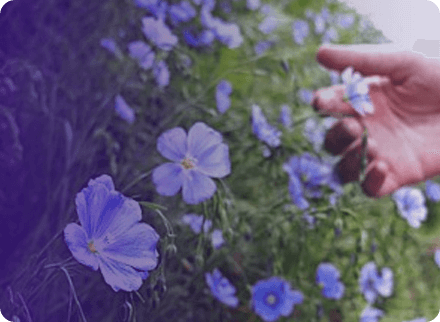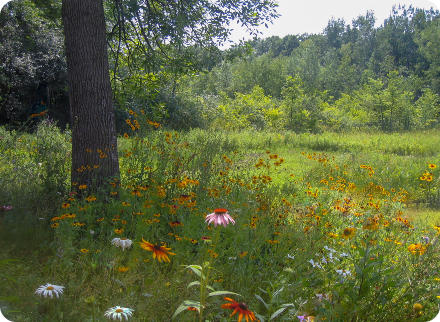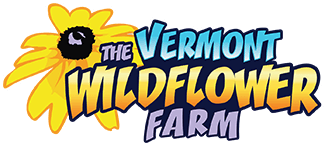Blood Root Seeds (Sanguinaria canadensis)
Blood Root Seeds (Sanguinaria canadensis)
 Yes!
This Item is Available
Yes!
This Item is Available
 Sorry!
This Item is not Available
Sorry!
This Item is not Available
Couldn't load pickup availability
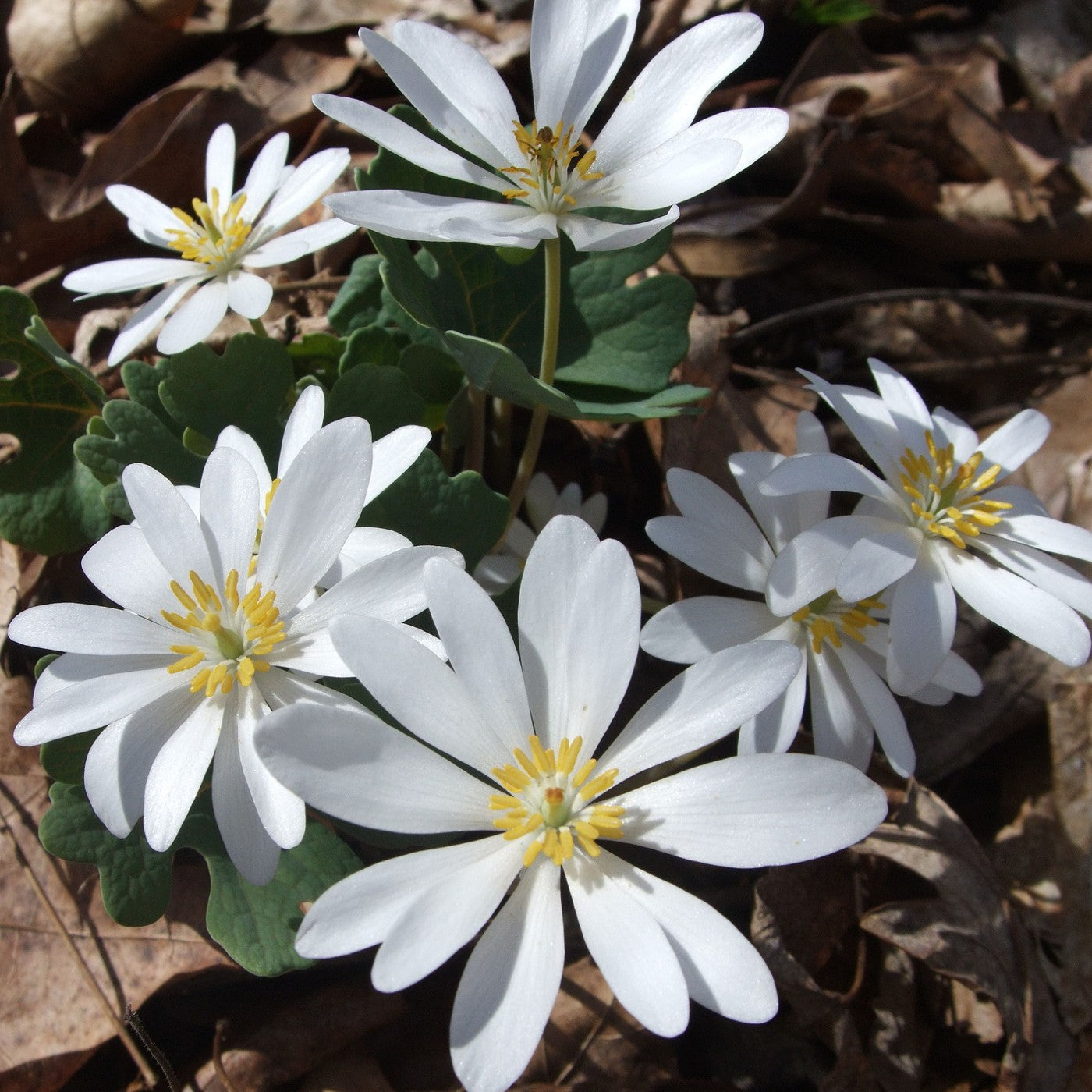
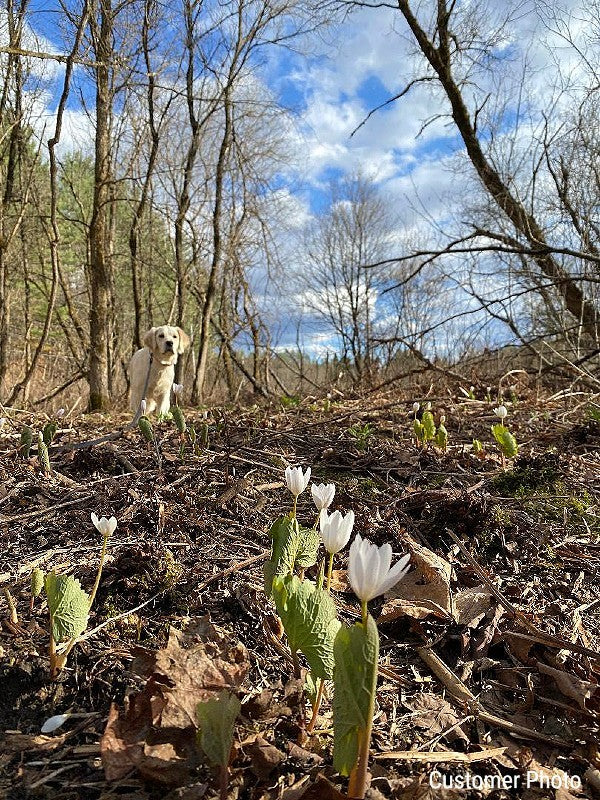
Don't Forget: Free Shipping on All Orders of $39 or More!
BLOOD ROOT - Sanguinaria canadensis (Seeds per Packet 20+) Bloodroot prefers shaded, moist woodlands and is native to North America. Blood root is also endangered. It is one of the first to appear in spring, with delicate white flowers and a distinctive wrap around leaf. Indians used the root juice as body paint. Also used by early settlers as cures from skin cancer to sore throats, warts, fungus, ringworm etc. The FDA also approved use of the root in toothpastes as an anti-bacterial and anti-plaque agent. WOODLAND Blooms from Early Spring
Germ Code: G4
Zones: 3,4,5,6,7,8
Light Requirement: Full Shade to Part Shade
Height: Less than 1ft.
Plant Type: Native Perennial
Shipping: Usually ships in 2 business days. For a guaranteed delivery date, please contact customer service.
About: Many seeds of woodland and rare wildflowers have built-in dormancy mechanisms which protect them from germinating before killing frosts or in times of drought. In the wild, seeds will lie dormant until they acclimate to their new environment or until the proper conditions for growth occur. To be successful with these types of species and growing them from seed you must realize that each species has a different method of naturally breaking dormancy. Woodland and Rare wildflowers are not instant garden flowers, and many take a great amount of patience before they germinate and bloom. Once they do, they are well worth the wait.
Different Ways Woodland and Rare Species Break Dormancy: Each species is different. Some are relatively quick and act like traditional perennials while others can take a few years. Below, we have outlined different ways these species break dormancy to help you better understand why some take longer than others. It will also help you to better understand why they don't germinate the first or second year - so don't give up on them!
G1. - Some species germinate upon sowing in a warm location like any other perennial. They grow and leaf the first year to begin blooming the second and successive years.
G2. - Some species need a cold, moist stratification followed by an extended cold period ie. Fall/Winter.
G3. - Very small seeds need light to break dormancy so they should be planted no deeper than 1/8th of an inch and just a light layer of soil cover. They shouldn't be allowed to dry out. You can tell the size of your seeds by just looking at them.
G4. Some species will need a warm, moist period followed by a cold, moist period and will need 2-4 full years of these alternating conditions to break dormancy.
Planting Information: Seeds needing scarification, nicking or any specialized treatments have been done before shipping to you. Select a planting location with partial shade or shade or filtered light. Prepare the planting bed so that the soil is well draining and rich in humus. The best way to do this is to till the top 12 inches of soil with a garden rake and then mix in several inches of humus, such as compost or peat moss. Plant the seed one inch below the surface of the soil unless you have small seeds which should be planted no deeper than 1/8 inch. Cover with a light layer of soil. Most seeds need to be protected from drying winds and sunlight so cover them quickly. Water well if planting in spring, water lightly if planting in fall.
Fern Spores: Direct sow fern spores on soil surface and pat them down for a good spore to soil contact.
Any Question - Contact Us
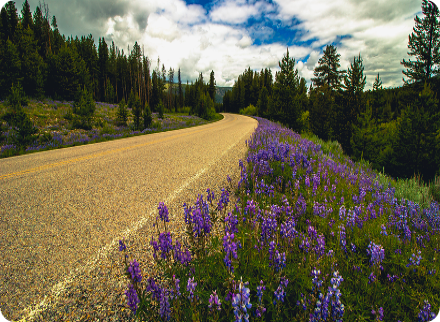
We offer CUSTOM Seed Mixes for All Your Projects!
We've got you COVERED for Landscape
Management, Conservation & More!
